The inspiration for this week's Throwback Thursday post came from some visiting students from China.
Last week, Scholastic hosted 40 students, ages 7–12 in our New York City headquarters from Shanghai. Between a read aloud with Clifford and Klutz activities, our librarian Deimosa took groups of students down to the Archives for a tour. One of the things she showed the students were rolls of microfilm and microfiche sheets.
The students were pretty transfixed by these, and I realized I probably hasn't used a microfilm machine since I was in grammar or middle school. Due to the rise of computers, I assumed these tools were pretty much obsolete and not used often anymore. Deimosa explained to me that in the Scholastic Library, that was most definitely not the case. However, Deimosa also told me that her Library interns hadn't heard of microfilm either, just like the younger students from China! I decided this older technology would be the focus of this week's post.
First, let's make sure everyone knows what we're talking about. Microfilm and microfiche are small photographic images of pages from magazines, newspapers, books and journals. Microfilm is in a reel format, while microfiche are sheets. Both of these formats pre-date computers, and are placed in a special machine which blows up the images on a screen which the user can then scroll though.
Microfilm:
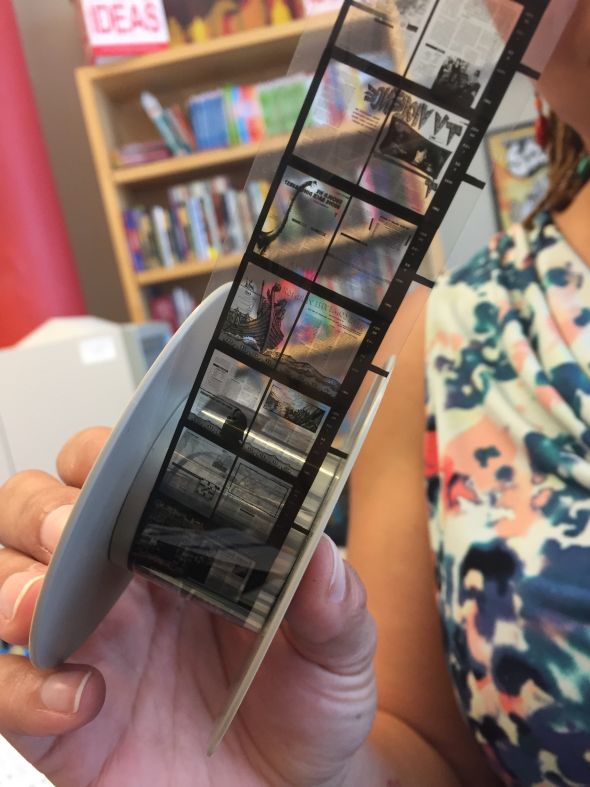
Microfiche:
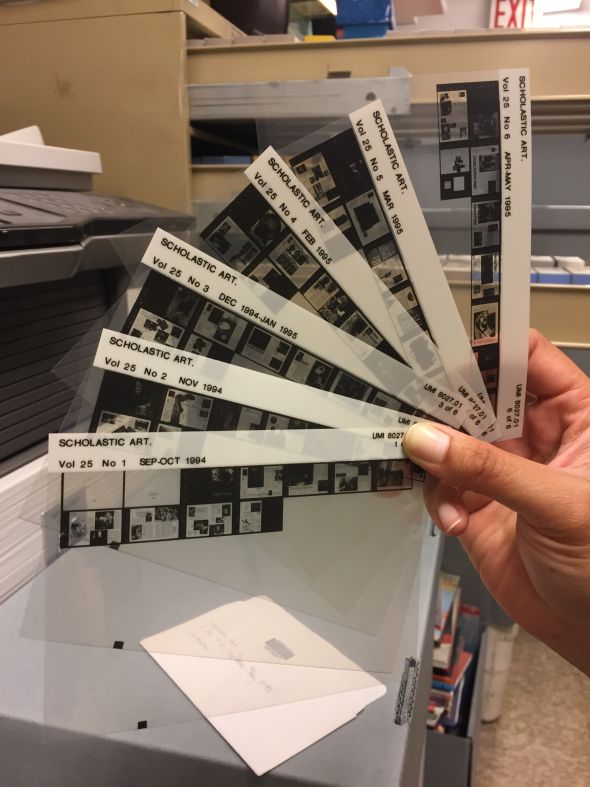
A drawer full of microfiche:
 A microfilm/fiche machine:
A microfilm/fiche machine:
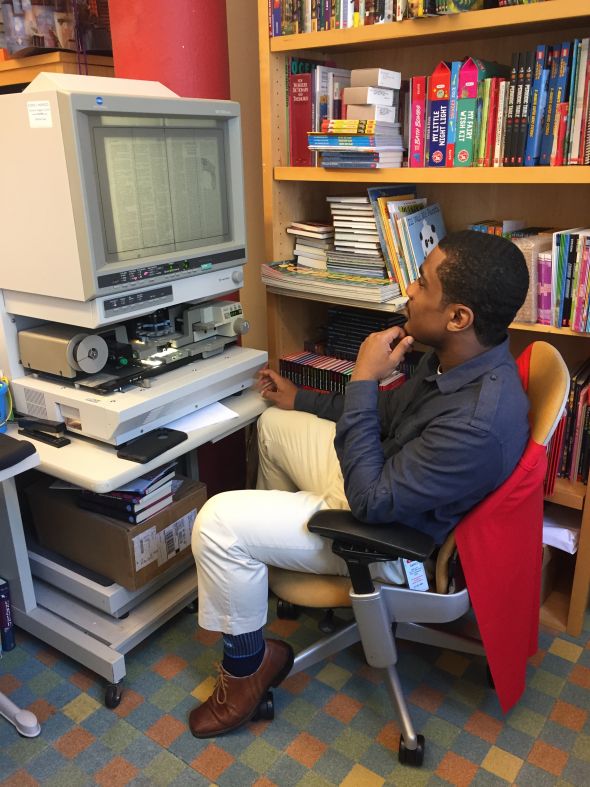
So, if we have a copy of almost everything we've ever published in our Archive, AND computers exist, the question is: why do we still have microfilm/fiche? Deimosa explained that if items in the Archive are old and delicate (which a lot of them are!), sometimes the slightest touch can damage them. Even the oils in your hands can damage the paper, no matter how little you actually handle them. Microfilm/fiche allows us to look through these materials without ever having to touch them. (And functionally, both are much easier to flip through to locate specific articles than our actual bound volumes.)
Most of what we have in the Scholastic Archive on microfilm/fiche are our classroom magazines. Deimosa told me we use the microfilm/fiche a lot for magazine anniversaries–like Teacher Magazine (formerly Instructor), which recently celebrated its 125th anniversary. Preparing for this anniversary meant employees had to browse through old magazines that went as far back as 1891! Using microfilm/fiche made that process a lot easier.
I think this will technically be a two-parter Throwback Thursday post. When we return in two weeks, we'll explore another great tool used frequently by our librarians: the card catalog!
Special thanks to Librarian Deimosa Webber-Bey for her ongoing help with this series!


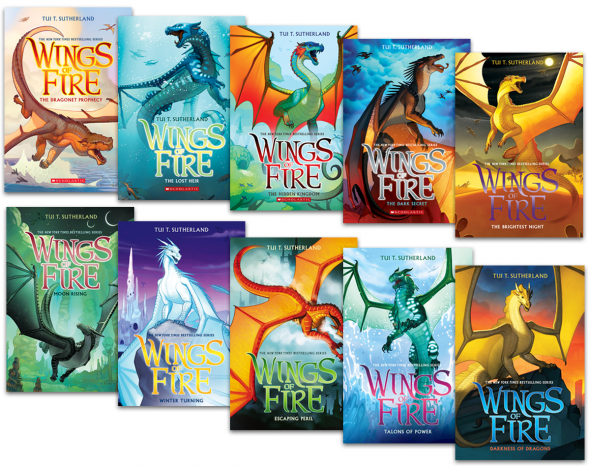 We've just released a new podcast episode
We've just released a new podcast episode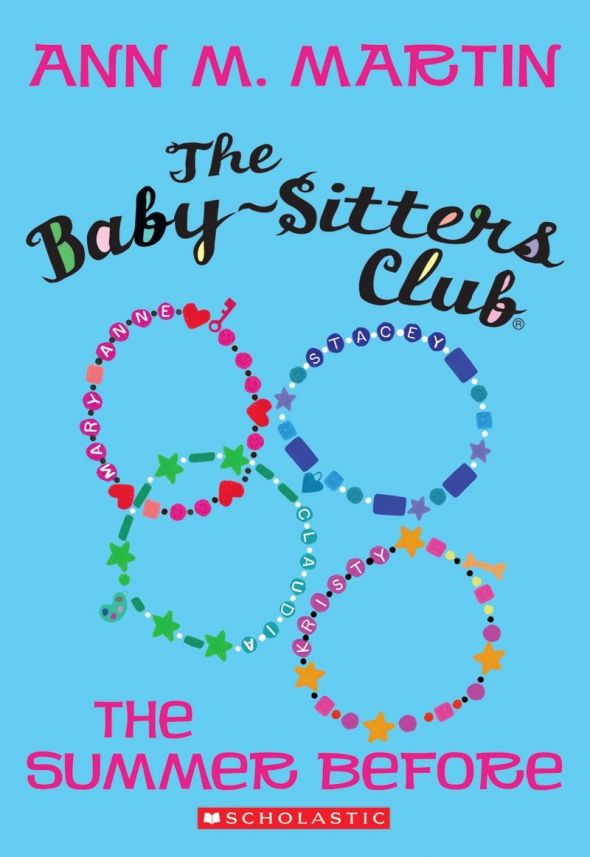 It's hard for me to comprehend, but I've heard there are people who don't like beaches. Maybe it's the sand, or the wind, or the sticky salt water...but surely everyone likes a good pool on a hot summer day, right?
It's hard for me to comprehend, but I've heard there are people who don't like beaches. Maybe it's the sand, or the wind, or the sticky salt water...but surely everyone likes a good pool on a hot summer day, right?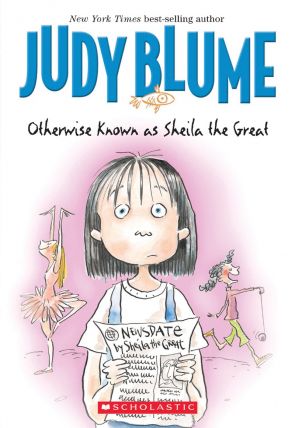 The Mystery of the Purple Pool
The Mystery of the Purple Pool 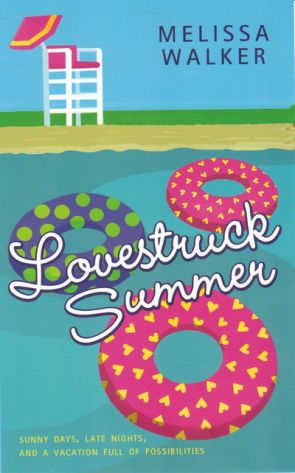
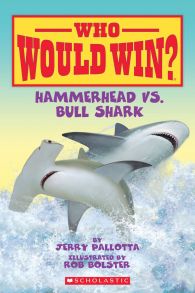 This week is one of my favorite weeks of summer because it’s Shark Week! For those of you not familiar with Shark Week, it’s a week-long special on the Discovery Channel which features shark-based programming.
This week is one of my favorite weeks of summer because it’s Shark Week! For those of you not familiar with Shark Week, it’s a week-long special on the Discovery Channel which features shark-based programming. Zaheer Booth, Alexander Cotter, and Khalil Thompson are interns this summer at Scholastic – who swordfight almost every evening after work! After spying them in a
Zaheer Booth, Alexander Cotter, and Khalil Thompson are interns this summer at Scholastic – who swordfight almost every evening after work! After spying them in a  Alexander Cotter, St. John’s University: The first time I picked up a fencing blade I was 14. It was the summer going into eighth grade when my journey began. I got my start at the North Shore Fencers Club summer camp; my dad took me to the camp because I saw some sword fighting on TV and I had to try it. I fenced there for about 2 years before switching to the Peter Westbrook Foundation, which is where my love for the sport really flourished. I started competing on a national level soon after switching clubs. Fencing changed for me when I started thinking of it as a long-term activity, one that offered opportunities to grow, rather than just as a hobby. Fencing has taught me discipline, focus, and how to manage my emotions; it even helped with my decision to go to St. John's University where I currently fence. Although it hasn’t always been easy trying to balance both good grades in school and fencing, that particular challenge has forced me to develop my time management skills as a student athlete.
Alexander Cotter, St. John’s University: The first time I picked up a fencing blade I was 14. It was the summer going into eighth grade when my journey began. I got my start at the North Shore Fencers Club summer camp; my dad took me to the camp because I saw some sword fighting on TV and I had to try it. I fenced there for about 2 years before switching to the Peter Westbrook Foundation, which is where my love for the sport really flourished. I started competing on a national level soon after switching clubs. Fencing changed for me when I started thinking of it as a long-term activity, one that offered opportunities to grow, rather than just as a hobby. Fencing has taught me discipline, focus, and how to manage my emotions; it even helped with my decision to go to St. John's University where I currently fence. Although it hasn’t always been easy trying to balance both good grades in school and fencing, that particular challenge has forced me to develop my time management skills as a student athlete.
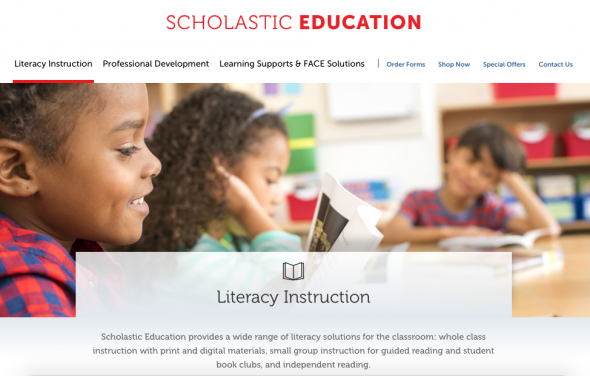 For 95 years, Scholastic has been committed to helping kids discover the joy and power of reading. But schools need help getting the right books into kids’ hands, the right instructional materials into classrooms, and professional learning tailored to the particular needs of educators.
For 95 years, Scholastic has been committed to helping kids discover the joy and power of reading. But schools need help getting the right books into kids’ hands, the right instructional materials into classrooms, and professional learning tailored to the particular needs of educators.  Scholastic Education is all about solutions. We provide resources (from books and instructional materials to professional learning and services) in four main areas:
Scholastic Education is all about solutions. We provide resources (from books and instructional materials to professional learning and services) in four main areas: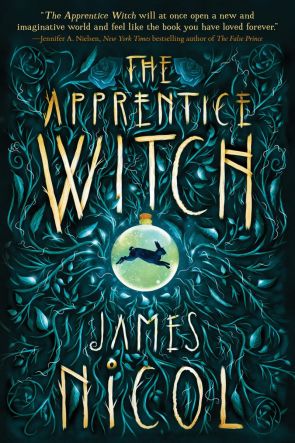 Today on OOM we’re celebrating some book birthdays for new releases from Scholastic, out today! Check out the list below of great reads for all ages, and let us know what you’re most excited to read.
Today on OOM we’re celebrating some book birthdays for new releases from Scholastic, out today! Check out the list below of great reads for all ages, and let us know what you’re most excited to read. San Diego Comic Con is THE place to announce exciting graphic novel news, and the Graphix imprint rose to the occasion with several big reveals at SDCC17:
San Diego Comic Con is THE place to announce exciting graphic novel news, and the Graphix imprint rose to the occasion with several big reveals at SDCC17: